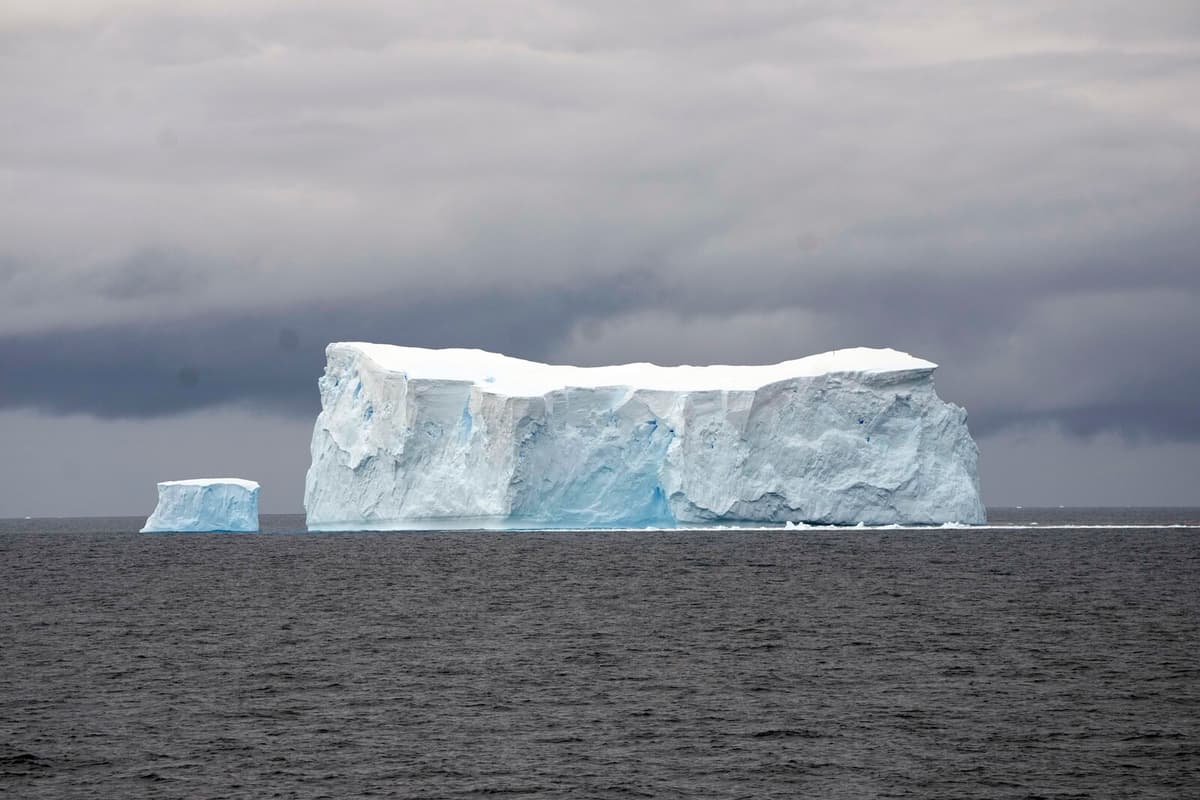Behind the breakdown of the ice masses lies unusually high temperatures in both the air and the sea, as well as winds that tear the ice apart.
During five days up to February 13 this year, the ice around the Arctic and Antarctica was measured at 15.76 million square kilometers, according to BBC's analysis of data from the US National Snow and Ice Data Center (NSIDC). This is lower than the previous record low from February 2023 of 15.93 million square kilometers.
Comparable measurements have been made since 1979, according to BBC.
It is already an established fact that the polar ice caps have shrunk drastically. During the 1980s, the ice cover was on average 7 million square kilometers at the end of the summer (when it is at its lowest), which can be compared to the average of 4.5 million square kilometers during the 2010s.





